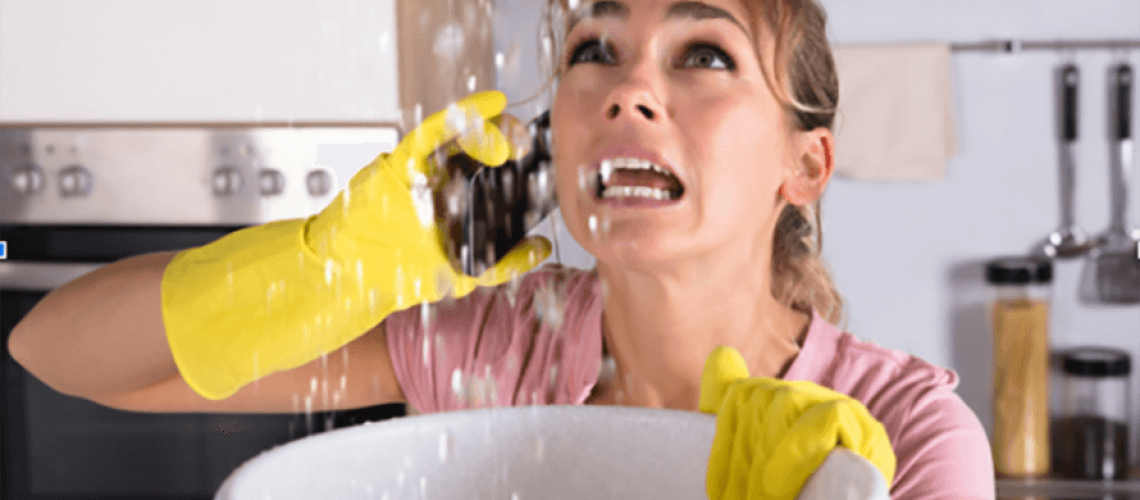Each person has got their private ideas on the subject of Finding hidden leaks.

Early discovery of dripping water lines can reduce a potential calamity. Some little water leaks may not be noticeable.
1. Take A Look At the Water Meter
Every home has a water meter. Checking it is a surefire manner in which assists you find leakages. For beginners, turn off all the water resources. Make sure nobody will purge, use the tap, shower, run the washing equipment or dishwashing machine. From there, go to the meter and also watch if it will change. Considering that nobody is utilizing it, there must be no movements. That indicates a fast-moving leakage if it moves. Furthermore, if you discover no changes, wait an hour or 2 and examine back once again. This means you might have a slow leakage that can even be below ground.
2. Check Water Usage
If you find unexpected adjustments, despite your consumption being the exact same, it indicates that you have leakages in your plumbing system. An abrupt spike in your bill indicates a fast-moving leak.
On the other hand, a stable increase on a monthly basis, despite the very same habits, reveals you have a slow-moving leakage that's also slowly escalating. Call a plumber to completely examine your property, especially if you feel a warm area on your flooring with piping below.
3. Do a Food Coloring Test
30% comes from commodes when it comes to water intake. Examination to see if they are running appropriately. Decrease specks of food color in the tank and wait 10 minutes. If the shade in some way infiltrates your bowl throughout that time without flushing, there's a leak in between the storage tank as well as bowl.
4. Asses Exterior Lines
Don't neglect to inspect your outdoor water lines also. Examination spigots by connecting a yard hose. Must water seep out of the connection, you have a loose rubber gasket. Change this as well as guarantee all connections are limited. It will certainly assist obtain it skillfully analyzed and maintained each year if you've obtained a sprinkler system. One little leak can waste lots of water and increase your water bill.
5. Check and Examine the Situation
Homeowners ought to make it a behavior to inspect under the sink counters and also even inside cupboards for any kind of bad odor or mold growth. These 2 warnings indicate a leak so timely focus is required. Doing routine examinations, even bi-annually, can save you from a major trouble.
Inspect for stainings and also weakening as many appliances and also pipes have a life expectancy. If you think leaking water lines in your plumbing system, do not wait for it to rise.
Early detection of leaking water lines can mitigate a potential calamity. Some little water leakages may not be visible. Checking it is a proven means that assists you find leaks. One little leakage can lose tons of water and also increase your water expense.
If you think leaking water lines in your plumbing system, do not wait for it to intensify.
WARNING SIGNS OF WATER LEAKAGE BEHIND THE WALL
PERSISTENT MUSTY ODORS
As water slowly drips from a leaky pipe inside the wall, flooring and sheetrock stay damp and develop an odor similar to wet cardboard. It generates a musty smell that can help you find hidden leaks.
MOLD IN UNUSUAL AREAS
Mold usually grows in wet areas like kitchens, baths and laundry rooms. If you spot the stuff on walls or baseboards in other rooms of the house, it’s a good indicator of undetected water leaks.
STAINS THAT GROW
When mold thrives around a leaky pipe, it sometimes takes hold on the inside surface of the affected wall. A growing stain on otherwise clean sheetrock is often your sign of a hidden plumbing problem.
PEELING OR BUBBLING WALLPAPER / PAINT
This clue is easy to miss in rooms that don’t get much use. When you see wallpaper separating along seams or paint bubbling or flaking off the wall, blame sheetrock that stays wet because of an undetected leak.
BUCKLED CEILINGS AND STAINED FLOORS
If ceilings or floors in bathrooms, kitchens or laundry areas develop structural problems, don’t rule out constant damp inside the walls. Wet sheetrock can affect adjacent framing, flooring and ceilings.
https://www.servicemasterbyzaba.com/blog/how-to-detect-water-leakage-in-walls/

I'm very occupied with Top leak detection hacks and I really hope you liked the entire page. Sharing is nice. You won't know, you will be helping someone out. I value reading our article about Detecting hidden plumbing leaks.